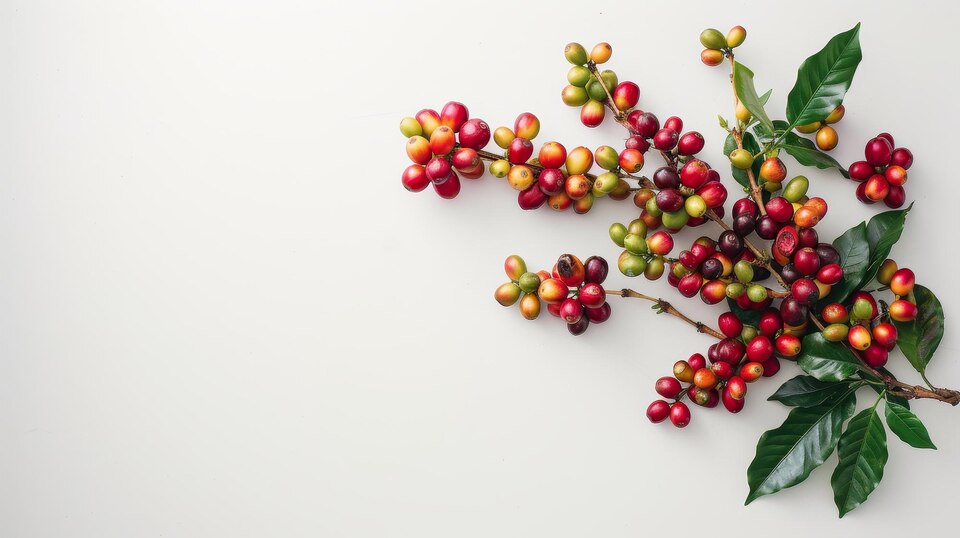
Coffee Process
Media

CEO NOTES
The spread of organised coffee cultivation in Ethiopia - as related by lsrael Degefa.
Coffee spread to the highland areas of Sidamo where the trees are newer. In my home area, the trees can be 65-85 years old. Trees this mature no longer produce good, flavoursome coffee but farmers have been resistant to replanting due to the perceived interruption in their income. On a side note, in response to this issue Kerchanshe now runs a range of ...

Agriculture

Coffee - The Backbone of Ethiopian Economy.
Agriculture is an integral part of Ethiopia’s economy, accounting for almost half of its GDP and a large chunk of its export earnings. Most of Ethiopia’s agriculture is done by small or marginal landholding farmers. Major crops include coffee, pulses, oilseeds, sugarcane, vegetable and cotton, cereals like sorghum, wheat, barley, and millet.
Coffee along with sesame and pulses are the chief cash/export crops. Pastoralism and livestock farming is also a key component of the agricultural sector. In Ethiopia, livestock help determine wealth and social status. Cow (Zebu variety) is the dominant livestock animal, followed by sheep and goats.
Equine animals like horses, mules, and donkeys are also used for transportation. Camels are also used for milk, meat as well as in transportation especially in Rift Valley and adjacent areas. In the eastern part of the country, where camels are most prevalent, farmers use these hardy symbols of the desert for milk, meat, transport, and, as here, for plowing. Poultry farming is also common in rural households.
